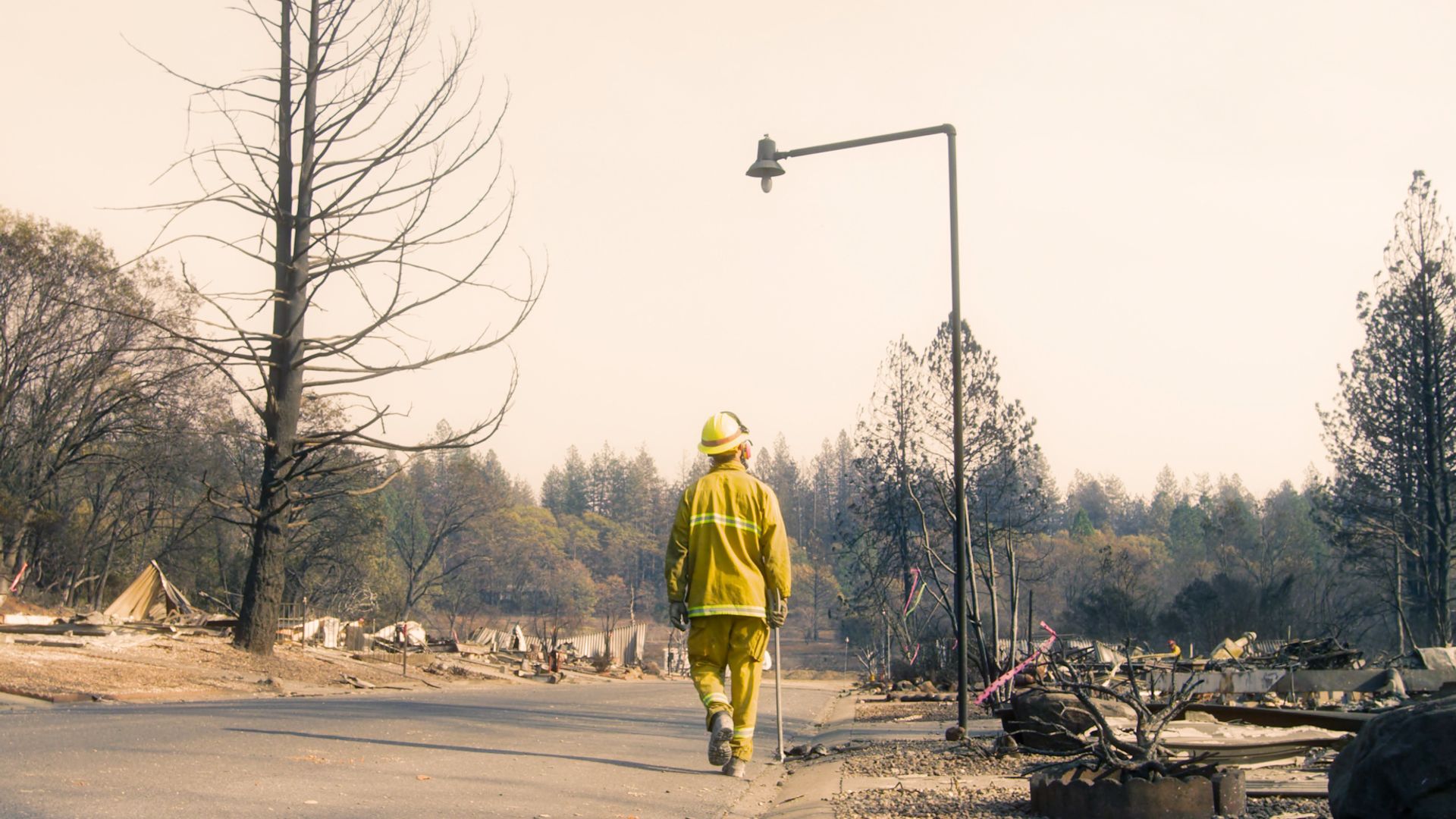
SIMONE DEL ROSARIO: Harvey. Ida. Ian. Extreme storms are battering the U.S. at alarming rates.
JOHN ABRANDT: You want to live on the water, you got to put up with it, you know?
SIMONE DEL ROSARIO: And not just on the water, but far from it. The West, facing deadly heatwaves and drought. Wildfires stretching far beyond their normal boundaries. Tornadoes leveling towns across the Midwest and South.
SCOTT HOLEMAN: Make sure that you’re assessing the risk of where you live.
SIMONE DEL ROSARIO: Scott Holeman is a spokesperson for Triple-I, Insurance Information Institute.
SCOTT HOLEMAN: The ocean views are great. The mountain views are great. But if there are risks in some of those areas, know that costs are probably going only up.
SIMONE DEL ROSARIO: Triple-I data shows natural catastrophes in the U.S. caused $100 billion in insured property loss in 2022. And these costly natural disasters are becoming way more frequent. Adjusted for inflation, there are more billion-dollar disaster events in the past 13 years than in the 30 years before it.
SCOTT HOLEMAN: As we see conditions changing and more people living in those risky areas, there are more people exposed. You’re seeing some companies that are saying, we’re not going to do any more of this kind of business in this, in these areas.
SIMONE DEL ROSARIO: The insurance pinch is squeezing out people around New Orleans, where nearly every home faces a high flood risk. 15,000 more people moved out than in the past two years, as insurance premiums price people out of what used to be an affordable place to live. But migration out of New Orleans is a rare exception, as most population shifts are moving into harm’s way.
SCOTT HOLEMAN: There are people that continue to move to places where there are a lot of wildfires, or we’re certainly not seeing people really leave Florida.
SIMONE DEL ROSARIO: A Redfin analysis shows over the past four years, people are increasingly moving into the U.S. counties with the highest flood, fire and heat risks. The pandemic prompted a lot of these moves to warmer areas with lower costs of living. Redfin’s chief economist says it’s human nature to focus on current benefits and discount risks that are tougher to measure, like climate. It explains why Phoenix drew in 76,000 more people the past two years amid scorching heat and a lack of water. While Lee County, Florida, welcomed 60,000 more people, though Hurricane Ian ravaged the coast last September.
LUIS DAMONE: I guess all you do is put everything back together and try again.
SIMONE DEL ROSARIO: This is the final piece of our 3-part series on the homeowners’ insurance crisis. You can catch all three stories by searching ‘home insurance’ at SAN.com and on the SAN app.







